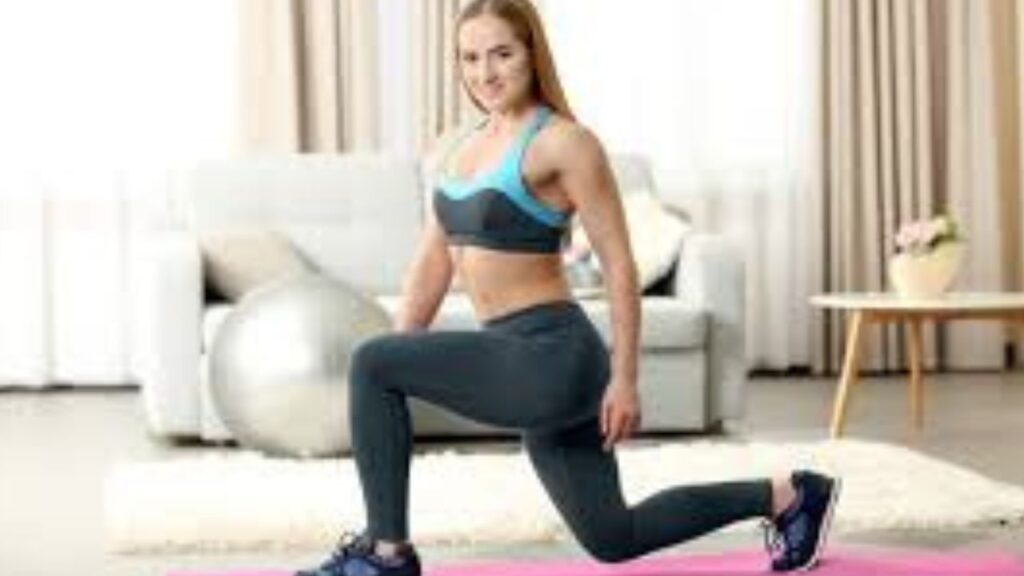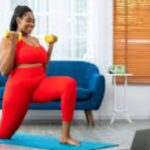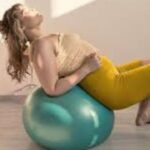Walk Yourself Healthy! – a YouTube Fitness Show | Episode 4 | Walk at Home”
Introduction This briefing note synthesises some of the main themes, ideas and data from the “Walk Yourself Healthy! Walk at Home: Walk 15 “30 Minute Walk” | Belly, Buns, Neck and Shoulders in this 30 Minute Walk | Walking Workout (Full Stroll)” video, highlighting its good advice for at-home walking workouts and health altogether.
Overall Purpose & Philosophy:
The central appeal of “Walk Yourself Healthy!” is to make it easy — and fun! — with “at-home walking.” The series stresses that exercise, even at home, can have beneficial effects on health, balance, coordination, strength, and overall wellness. Throughout, the hosts remind viewers to “make this workout yours” and to “take breaks when you need to,” creating a welcoming and encouraging atmosphere. The philosophy emphasises the body as a “system,” which works better when taken as holistic, which means not to exercise alone, but to accompany that with brainstem conditioning and intelligent recovery as well.
Key Themes and Ideas:
- At-Home Walks and Complete Workouts:
The episode illustrates how a “one-mile walk” from the comfort of your home can serve as a complete workout. It is broken down into separate phases:
Warm-up: Important for getting psychologically prepared and heart rate up, and to warm up muscle tissue in order to “move better, walk better, just feel so much better.” They include “walk” steps, “side steps,” “kicks,” and “knee lifts.”
Main Workout (“Picking Up the Pace”) : “The pace is ‘picking up’ and ‘is to the beat of the music.’ This phase features more complex variations of the warm-up exercises and adds new exercises:
Side Steps with Glute Activation: Promotes the idea of sitting “a little bit lower” and plans to “activate those glutes” and those quads, working in the “frontal plane” for “gate” and “coordination.” That compares to the buttocks, emphasised for “@Back strength” and a more attractive rear-end.
Greater intensity kicks: It “stresses picking the knee up a little bit higher, and adding opposite arm reach” for intensity, coordination ” double arm push” for “big calorie burn.”
Mini Squats with Punches – “I’m challenging you to create the squat look.” Emphasizes “wide base” mini squats with a “punch” to incorporate upper body, reminding to “make it your own” by modifying how low we sit back.
“UP 2, BACK 2” Move: A moving steps to “break the space” and “share fun.”
Kickbacks (Hamstring Curls) with Reach and Pull Totally gets the “entire posterior chain,” and the “hamstrings” in particular for “strengthening the knees as we get older,” and ideas what? … “your upper back“ and “lats” for “posture,” and a “leanner look” and you’re “burning a lot of calories” because “a lot of muscle a[s are] in motion.”
Resistance Integration (Bands): The second half of the main workout includes resistance bands to amplify the walking exercises. This includes:
Chest Pushes: Band behind the back, push out for chest. “This protect[ing] your), but also providing stablity and helping protect you from injury (as) we age.”
Back Pull-Aparts: Band in front, leading with elbows to pull “back muscles” together for “upper back,” “shoulders,” and better posture (“look taller”).
Standing Crunches (Band around back, knee lifts): Fisted hands behind neck for resistance, working the “rectus abdominis” (abs) for core strength and definition.
Cool-Down: An important aspect of “bringing heart rates down slowly and safely.” It contains “small little gentle movements,” “gentle” kicking, and stretching (hip flexor, calf, arm crosses). The hosts discuss the need to move from “sympathetic fight or fly working out” to “parasympathetic rest digest recover,” and “actively recovering.”
- Focus on Form, Engagemenet and Benefits:
Form cues are offered throughout the whole workout:
Walking form “Let’s pump those arms,” “you keep that chest nice and Taaaall,” “light up on your toes,” “lifting up your knees,” “tighten the core.” Emphasis is placed on “mind muscle connection.”
Coordination and Balance: A lot of moves, especially kicks, are splashed with “working on coordination improving our balance” as we hit that “one foot.”
Joint Health: Movements, which are said to “add juice to the joints” to create “blood flow.” Resistence training is associated with “protect[ing] your joints” and “provid[ing] staiblity,” “which “protects you from injury” and helps prevent falls as one gets older (“we don’t want to fall down break hips”).
Muscle Activation: Individual muscle groups are targeted in each exercise (e.g., “glutes,” “quads,” “hamstrings,” “upper back,” “lats,” “abs,” “inner and outer thighs”), explaining how using these muscles can help with strength, posture and appearance (“help you look better too”).
Calorie Torch: “Big calorie burn” is spouted by instructors because yes, spreading the love around works and does the trick.
- Holistic Approach to Wellness:
It’s about more than physical fitness, the video touches on overall health:
Mental warm-up: Ready mentally to “know the workout’s coming.”
Recovery and Stretching: The cool down and stretch are referred to as important in recovery, injury prevention, and shifting the body’s systems.
Diet (Smoothie Recipe): A really specific “smoothie recipe” suggests a causal connection between dietary and athletic activity (“before my training”). This blend contains “cold coffee,” “ice,” “large frozen banana,” “protein powder,” and “unsweetened cocoa.”
Inspiration And Motivation: The instructors are very encouraging, charting your progress (“you guys just did 2,000 steps that’s one mile amazing work”) and the concept of “leaned into that struggle that struggle will help you keep moving forward.”
- “Four Minutes of Legs” Segment:
This bonus segment is a rapid, challenging leg workout featuring compound and unilateral exercises.
Structure: 20 seconds on. 5 seconds of transition between moves. Two rounds.
Exercises Single Leg Abduction: Focuses on the “balance” on the “stability leg” and we teach working the “glute medius and minimus,” (outer hip) which “helps the lower back helps take pressure off of that back.
Reverse Lunges: Emphasize “load[ing] that front leg” as well as pausing at the bottom to “really lengthen through the glutes.” Excellent for “balance,” “coordination” and “unilateral movements.”
Squats: A classic compound, that can be paused at the bottom and can use different foot stance and hand positions.
Pros: This section complements common TLS principles balance, coordination, core stability (“core is much more than your abs”) and all-over lower body strength with participants being referred to as “athlet[es]”.
Conclusion:
“Walk Yourself Healthy! – Episode 4” is a great reminder of how to maintain one’s overall fitness while at home. Featuring a variety of exercises for toning and strengthening both the upper and lower body, this work provides both exercisers and professionals with an easy-to-follow, effective means of training for people of any age and most any fitness level. Adding resistance to the workout and a bonus leg segment add variety to teh exercise routine and demonstrate how the series continues to focus on an all-round approach to a healthy lifestyle.



